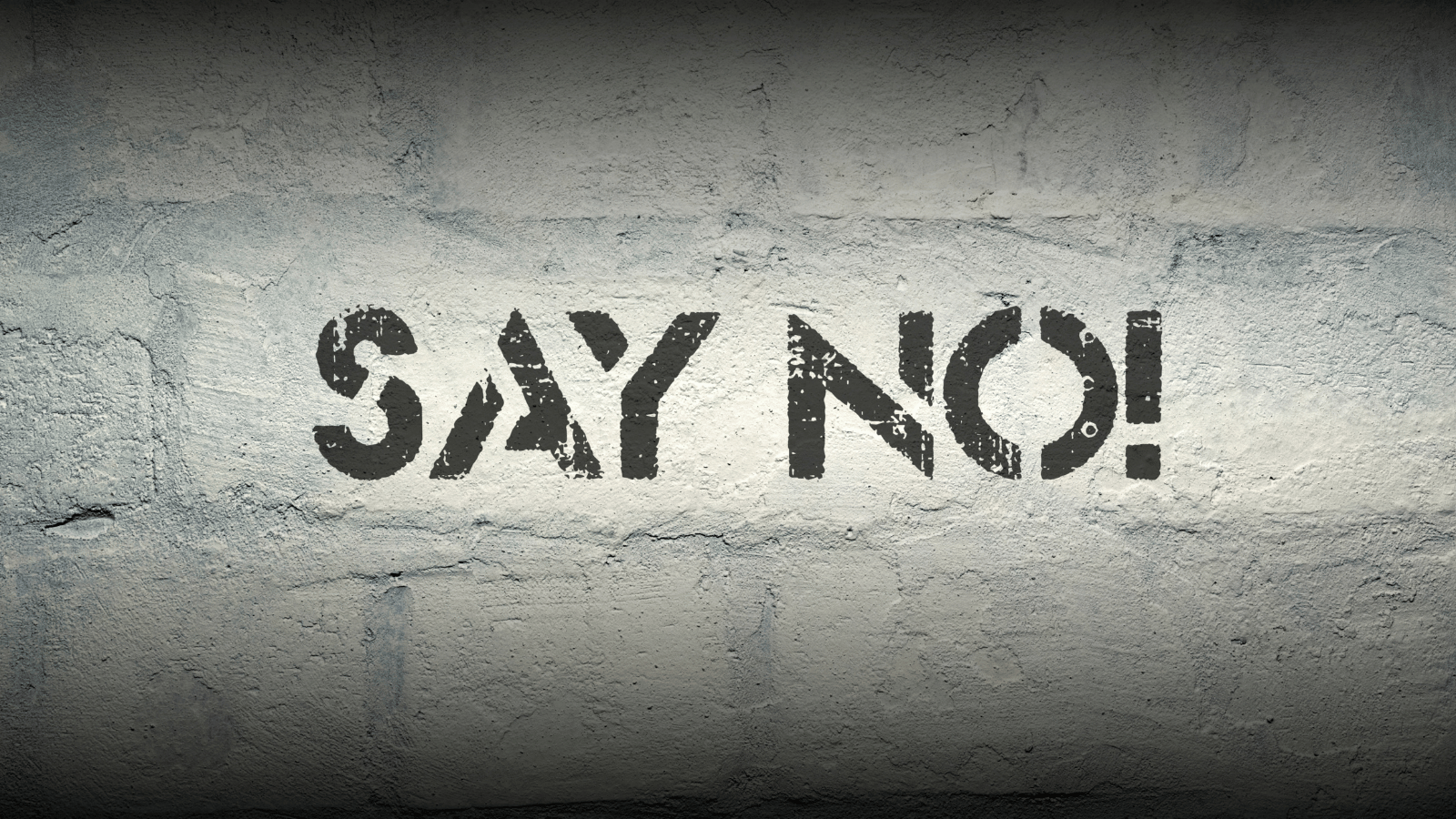The Art of Saying No: How to Set Boundaries Without Guilt
We’ve all been there. A friend asks for a “small favor,” your boss piles another task on your already full plate, or a family member expects your time when you desperately need a break. And what do we say?
“Yes, sure. No problem.”
But inside, we’re frustrated, stressed, and maybe even resentful. Sound familiar? You’re not alone.
Most of us struggle with saying no — not because we can’t, but because we feel guilty about it. We’re afraid of disappointing others, coming across as selfish, or missing out on opportunities. Yet every time we say “yes” to something that drains us, we’re saying “no” to our own peace, priorities, and well-being.
The truth is, learning to say no is one of the most powerful self-help skills you can ever master.
Why We Struggle to Say No
Before we dive into the how, let’s talk about the why.
- People-Pleasing Tendencies
Many of us grow up being taught to be “nice” and helpful. While kindness is important, it often gets tangled with a fear of upsetting others. - Fear of Missing Out (FOMO)
Sometimes we say yes because we don’t want to lose opportunities, whether it’s social, professional, or personal. - Avoiding Conflict
Saying no can feel confrontational. To keep the peace, we choose the “easier” route of saying yes — even if it costs us.
As author Henry Cloud, co-writer of Boundaries, puts it:
“You get what you tolerate.”
When we constantly tolerate overcommitment, we lose control of our own lives.
The Benefits of Saying No
When you start saying no with confidence, a shift happens.
- You gain control over your time – suddenly, your schedule reflects your priorities, not someone else’s.
- Your relationships improve – people respect you more when you have clear boundaries.
- You protect your mental health – less stress, less resentment, more balance.
- You say yes with authenticity – when you do agree to something, it’s because you truly want to, not because you felt pressured.
In short: saying no creates space for what actually matters.
As author Paulo Coelho once wrote:
“When you say ‘yes’ to others, make sure you are not saying ‘no’ to yourself.”
How to Say No Without Guilt
So, how do you do it? Here are some practical ways to start setting boundaries without feeling like the “bad guy.”
1. Keep It Simple
You don’t owe anyone a long explanation. A short, polite response works wonders. For example:
- “I appreciate you asking, but I can’t commit right now.”
- “That sounds interesting, but I need to pass this time.”
2. Use the “Yes, but…” Approach
If you don’t want to shut someone down completely, soften your no by offering an alternative.
- “I can’t do that today, but I can help next week.”
- “I’m not available for the full project, but I could review the outline.”
3. Practice the Pause
Instead of saying yes immediately, give yourself space:
- “Let me check my schedule and get back to you.”
- “I’ll need some time to think about it.”
This prevents impulsive yeses and helps you decide if it truly fits your priorities.
4. Replace Guilt With Gratitude
Instead of focusing on what you’re denying others, focus on what you’re protecting — your time, energy, and peace. Saying no is not selfish; it’s self-respect.
5. Start Small
If saying no feels daunting, practice in low-stakes situations. For example, decline a store offer or politely turn down an invite you don’t care for. Gradually, it becomes easier in bigger contexts.
Real-Life Scripts for Saying No
Here are some ready-to-use scripts you can adapt:
- Work: “Thanks for thinking of me, but I don’t have the bandwidth to take on another project right now.”
- Friends: “I’d love to catch up, but I need a quiet weekend to recharge.”
- Family: “I can’t make it this time, but let’s plan something next week.”
Notice how each one is polite, clear, and guilt-free.
The Mindset Shift: No Is a Complete Sentence
One of the biggest lessons I’ve learned is this:
You don’t need to justify your no.
We often feel the urge to pile on excuses like, “I’d love to, but I’m just so busy with work and my cat is sick and I haven’t had a day off in weeks…”
The more you over-explain, the more room you give others to push back. Instead, remember: No is a complete sentence.
As author Anne Lamott wisely said:
“No is a complete sentence.”
It doesn’t make you rude. It makes you honest.
Final Thoughts
The art of saying no isn’t about shutting people out — it’s about making space for the things that truly matter. When you say no to what drains you, you’re saying yes to your priorities, your peace of mind, and your growth.
It may feel uncomfortable at first, but with practice, you’ll find that people respect your boundaries more than you think. And most importantly, you’ll start respecting yourself.
So, the next time you’re about to say yes when you mean no, pause and remind yourself:


